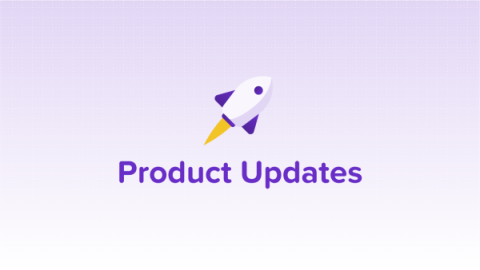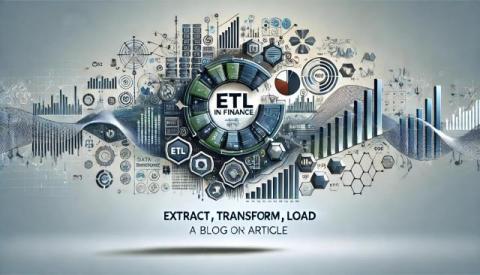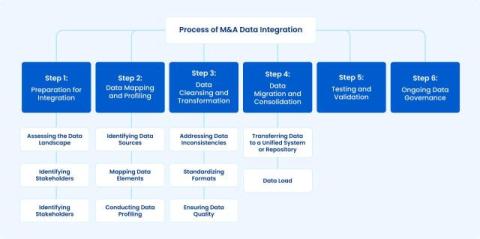Implement a Unified Runtime Architecture for Test Automation: QE TechTalk Highlights
In the continuous quest to raise the bar on software quality, product teams often find it difficult to avoid trade-offs between release speed and test coverage. One of the more significant sources of trade-off tension is associated with test automation runtimes. Achieving the necessary device coverage during testing often requires teams to seek out multiple device cloud providers with different strengths across security, geolocation, device types, and support for alternative test automation frameworks.











